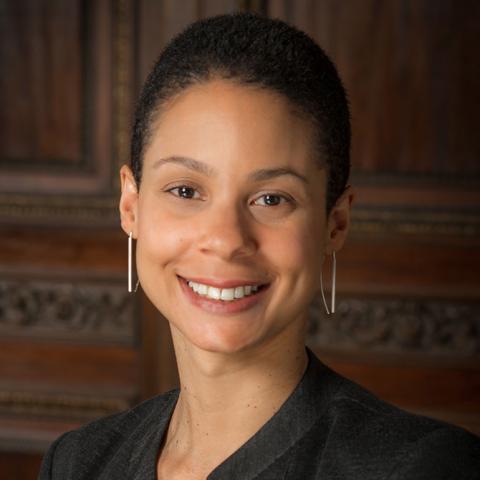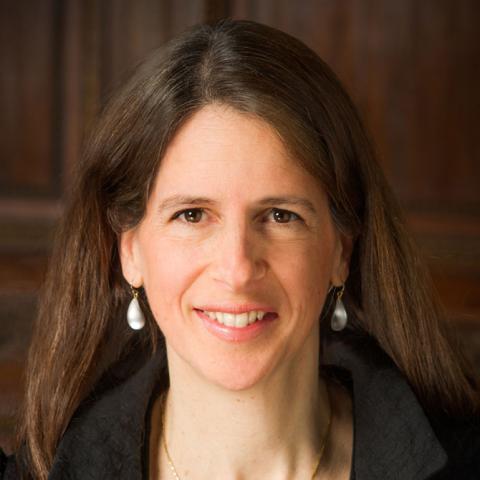Today, more than 10,000 community health center sites across the United States are providing primary health care to one in 13 Americans, regardless of their ability to pay.* Community health centers have long enjoyed bipartisan support. But Congress has recently failed to renew a critical funding source for them: the Community Health Center Fund, which was authorized in the Affordable Care Act (ACA).
Care for Millions at Risk as Community Health Centers Lose Billions in Funding

-
 Corinne Lewis
Corinne LewisAssistant Vice President, Delivery System Reform, The Commonwealth Fund
-
 Pamela Riley
Pamela RileyFormer Vice President, Delivery System Reform, The Commonwealth Fund
-
 Melinda K. Abrams
Melinda K. AbramsExecutive Vice President for Programs, The Commonwealth Fund
-
 Corinne Lewis
Corinne LewisAssistant Vice President, Delivery System Reform, The Commonwealth Fund
-
 Pamela Riley
Pamela RileyFormer Vice President, Delivery System Reform, The Commonwealth Fund
-
 Melinda K. Abrams
Melinda K. AbramsExecutive Vice President for Programs, The Commonwealth Fund
-
Community health center sites provide high-quality, low-cost primary health care to 1 in 13 Americans
-
If Congress does not act, community health centers will lose nearly 70 percent of the federal dollars they rely on to operate
What Are Community Health Centers?
To be considered a community health center, and receive federal funds, practices must:
- Be a not-for-profit or public organization
- Offer sliding-scale fees
- Provide care to patients regardless of ability to pay
- Have majority of board made up of community members/patients
- Serve medically underserved areas (e.g., rural) or populations (e.g., low-income, high-need)
- Provide comprehensive services
- Engage in performance and quality improvement activities.
If Congress does not act, community health centers will lose nearly 70 percent of the federal dollars they rely on to operate. The U.S. Department of Health and Human Services estimates that the significant funding cut would lead to one-quarter of community health centers sites closing, 51,000 workers being laid off, and 9 million people — more than one-third of all community health center patients — losing the comprehensive, high-quality, and low-cost care they need.
A Range of High-Quality, Cost-Effective Services
Community health centers play a vital role in the U.S. health care safety-net by providing lifesaving medical care for those with no other options. They are on the frontline of the opioid epidemic and other public health crises. Along with behavioral care and addiction services, they also offer other services like vision and dental care to meet the needs of their patients. The number of visits provided by community health centers has increased since 2010 because of the Medicaid coverage expansions and funding from the Community Health Center Fund. That financial support is now in jeopardy.
Community health centers have been shown to provide equal or better quality of care for their patients compared to private practices. For example, patients at community health centers have higher rates of receiving recommended preventive services, like screenings and health education, than do patients in private practices. And community health center patients with diabetes and high blood pressure have been shown to better manage their conditions than those in private practices.
The patients that get care at community health centers are mostly low-income, uninsured, or rural Americans, but also include hundreds of thousands of veterans, more than half a million students in primary and secondary school-based clinics, and others.
This comprehensive, high-quality care is also provided to patients at a lower total cost compared to other practices. The total cost of care for community health center patients, which includes the cost of services outside the health center, is nearly 20 percent lower than that of patients served in independent physician practices or outpatient clinics. Controlling the cost of health care is a top priority for federal, state, and family budgets, and community health centers may provide a path toward reducing health care spending more broadly.
Moreover, a 2015 Commonwealth Fund survey of primary care providers found that 86 percent of providers working in community health centers were satisfied with their medical practice. Additionally, patients are happy with their care: 73 percent of patients using community health centers as their regular doctor or source of care feel it is of high quality, according to the 2016 Commonwealth Fund Biennial Survey.
Federal Funding Is Critical
Increased federal funding, as well as the coverage expansions under the Affordable Care Act, have allowed community health centers to expand, diversify services, and provide high-quality care to their patients. As the 2013 Commonwealth Fund Survey of community health centers revealed, continued government funding is critical as the centers address ongoing challenges like filling physician shortages, expanding behavioral health services, and meeting the increased demand for care. The billions in funding losses that would result from Congress’s failure to renew the Community Health Center Fund would result in millions no longer able to access care, a loss of jobs for many others, and substantial barriers to community health centers’ ability to continue these critical improvements.
* All data are from the National Association of Community Health Centers June 2017 Chartbook unless otherwise noted.
Publication Details
Date
Citation
Corinne Lewis, Pamela Riley, and Melinda K. Abrams, “Care for Millions at Risk as Community Health Centers Lose Billions in Funding,” To the Point (blog), Commonwealth Fund, Dec. 21, 2017. https://doi.org/10.26099/wtby-6485
Area of Focus